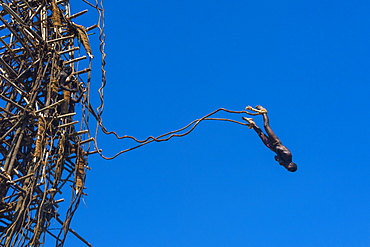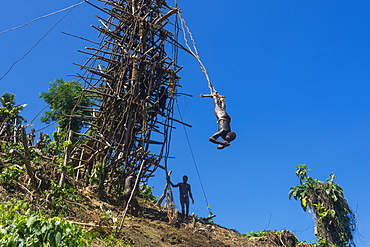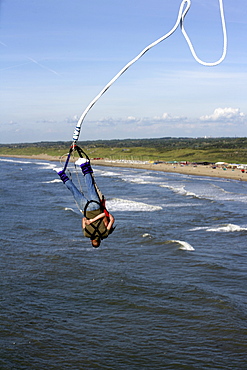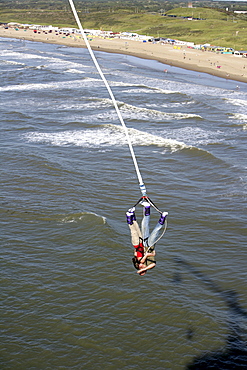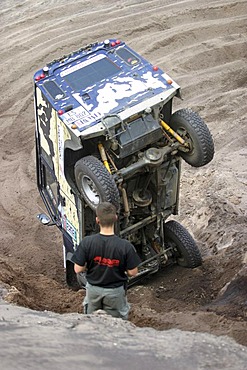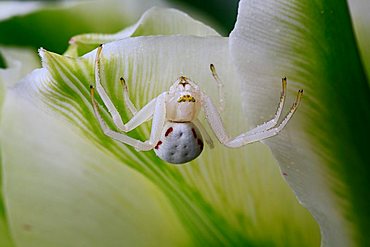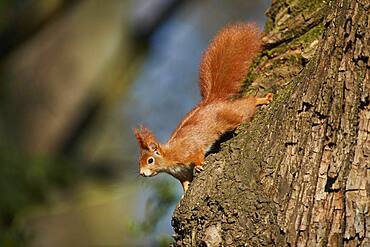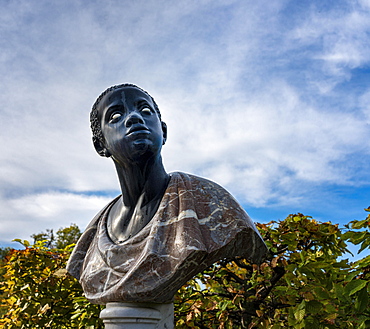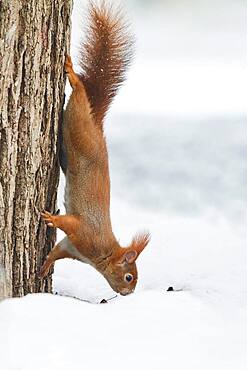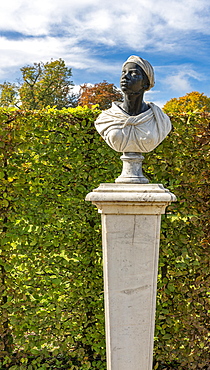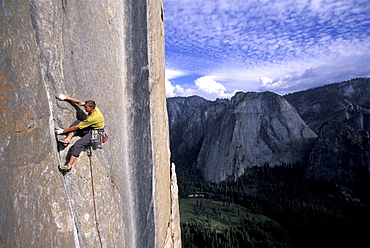Results
6 results found
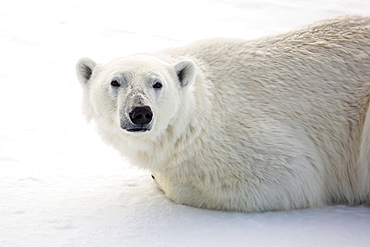
Adult polar bear (Ursus maritimus) on first year sea ice in Olga Strait, near Edgeoya, Svalbard, Arctic, Norway, Scandinavia, Europe
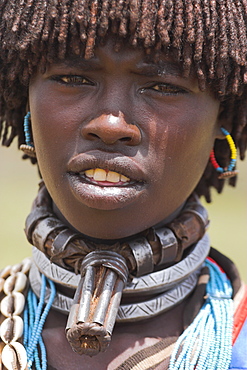
Banna woman wearing a necklace known as a bignere, a metal band with a phallic protuberance to signify she is a first wife, at the weekly market, Key Afir, Lower Omo Valley, Ethiopia, Africa

Syria, Damascus, The Omayyad Mosque By Khalif Walid The First And 12 000 Workers, The Site Was Occupied By A Temple Then A Church, Pilgrims From The Whole Islamic World Visit The Mausoleum Supposed To Contain The Prophet Yaya's Head (Alias St John The Baptist) Discovered In Viii Th Cent, Iranian Shiites Believe The Prophet Mahomet's Grandson Hussein's Head (Son Of Ali) Was Also Stored Here, Copper Spacelab In The Yard
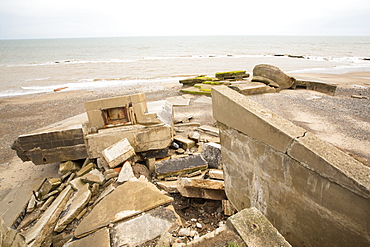
The Remains of the Godwin battery on the beach at Kilnsea at the head of Spurn point on Yorkshires East Coast, UK. Initially constructed during the First World War, the Godwin Battery was added to during the Second World War. It comprised of gun emplacements, search light, barracks, officers’ mess, and a hospital. This section of coastline is the fastest eroding coastline in Europe. The soft boulder clay cliffs are easily eroded and have been eroding since Roman Times, but recently the climate change impacts of increased stormy weather, increased heavy rainfall events and sea level rise have accelerated the rate of erosion. The average rate of attrition is 1.5metres per year, last year it was 5 metres.

The Remains of the Godwin battery on the beach at Kilnsea at the head of Spurn point on Yorkshires East Coast, UK. Initially constructed during the First World War, the Godwin Battery was added to during the Second World War. It comprised of gun emplacements, search light, barracks, officers’ mess, and a hospital. This section of coastline is the fastest eroding coastline in Europe. The soft boulder clay cliffs are easily eroded and have been eroding since Roman Times, but recently the climate change impacts of increased stormy weather, increased heavy rainfall events and sea level rise have accelerated the rate of erosion. The average rate of attrition is 1.5metres per year, last year it was 5 metres.
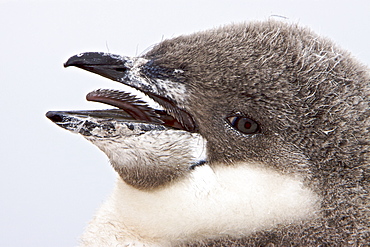
Chinstrap penguin (Pygoscelis antarctica) chick head detail at colony on Useful Island near the Antarctic Peninsula. There are an estimated 2 million breeding pairs of chinstrap penguins in the Antarctic peninsula region alone, perhaps as many as 7.5 million breeding pairs in all of Antarctica. Their name derives from the narrow black band under their heads which makes it appear as if they are wearing black helmets, making them one of the most easily identified types of penguin. Other names for them are "Ringed Penguins", "Bearded Penguins", and "Stonecracker Penguins" due to their harsh call. They grow to 68 cm (27 in). The average adult weight of a Chinstrap Penguin is 4.5 kg (10 lbs). Weight can range from 3 to 6 kg (6.6-13.2 lbs), with males being slightly larger and weight varying based on where the penguin is in the breeding cycle. Their diet consists of krill, shrimp, and fish. On land they build circular nests from stones, and lay two eggs, which are incubated by both the male and the female for shifts of five to ten days. They can also breed on icebergs, though they prefer non-icy conditions. The chicks hatch after about 35 days, and have fluffy gray backs and white fronts. The chicks stay in the nest for 20?30 days before they go to join a creche. At around 50?60 days old, they moult, gaining their adult plumage and go to sea. The Chinstrap Penguin was first described by German naturalist Forster in 1781. Its specific epithet was often seen as antarctica, however a 2002 review determined the genus Pygoscelis was masculine, and hence the correct binomial name is Pygoscelis antarcticus.

Cuttlefish (Sepia officinalis) Two mating head to head within minutes of first encounter. Babbacombe, Torquay, South Devon, UK
(RR)

uStatue of Lawson Wood, First Elder of ATLANTIS sculpture park, Cayman Brac, Cayman Islands, Caribbean
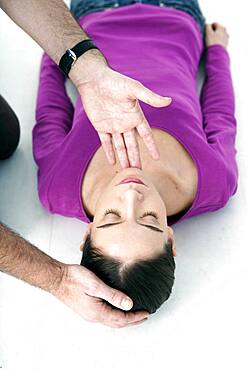
First aid techniques. In case of loss of consciousness, open the victim's airways by tipping their head back and lifting their chin up.

First aid techniques : placing the victim in the recovery position. Step 4 : roll the victim by pulling on their leg until their knee touches the ground. Remove your hand from the victim's head, holding their elbow so their hand stays in place.

Egyptian Fruit Bat or Egyptian Rousette (Rousettus aegyptiacus) with juvenile, native to Africa and the Arabian peninsula, in captivity, Germany, Europe

Egyptian Fruit Bat or Egyptian Rousette (Rousettus aegyptiacus) with juvenile, native to Africa and the Arabian peninsula, in captivity, Germany, Europe
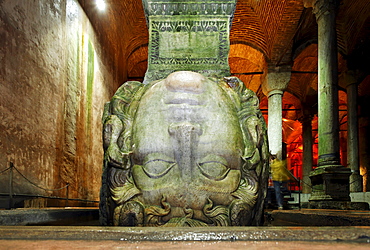
Monumental head of a medusa, upside down, Yerebatan Sarayi, Byzantine cistern, Sultanahmet, Istanbul, Turkey
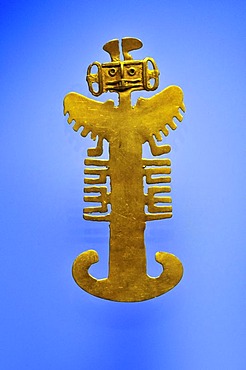
Pre-Columbian goldwork collection, mythical bird with human head, Gold Museum, Museo del Oro, Bogota, Colombia, South America

Cranger Kirmes fair, the biggest fair in the Ruhr area, at the Rhine-Herne Canal, Herne, North Rhine-Westphalia, Germany, Europe

Barth's Olympia Looping, looping roller coaster at the Oktoberfest Munich, Theresienwiese, Munich, Bavaria, Germany, Europe

Plaque commemorating the first edition of "The Capital, Volume I" by Karl Marx, Rossplatz, Leipzig, Saxony, Germany, Europe

Eurasian nuthatch (Sitta europaea) hanging upside down on a mossy branch, Siegerland, North Rhine-Westphalia, Germany, Europe
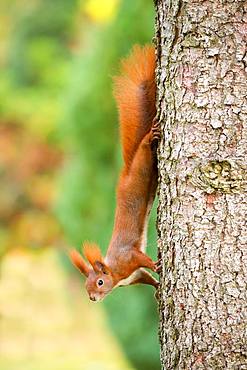
Eurasian red squirrel (Sciurus vulgaris) hangs upside down on tree trunk of a Pine (Pinus), Berlin, Germany, Europe

Cranger Kirmes fair, the biggest fair in the Ruhr area, at the Rhine-Herne Canal, Herne, North Rhine-Westphalia, Germany, Europe

First Parish Church in front of dark thunderstorm clouds, illuminated by the last light of the day, Concord, Massachusetts, USA

Cranger Kirmes fair, the biggest fair in the Ruhr area, at the Rhine-Herne Canal, Herne, North Rhine-Westphalia, Germany, Europe
